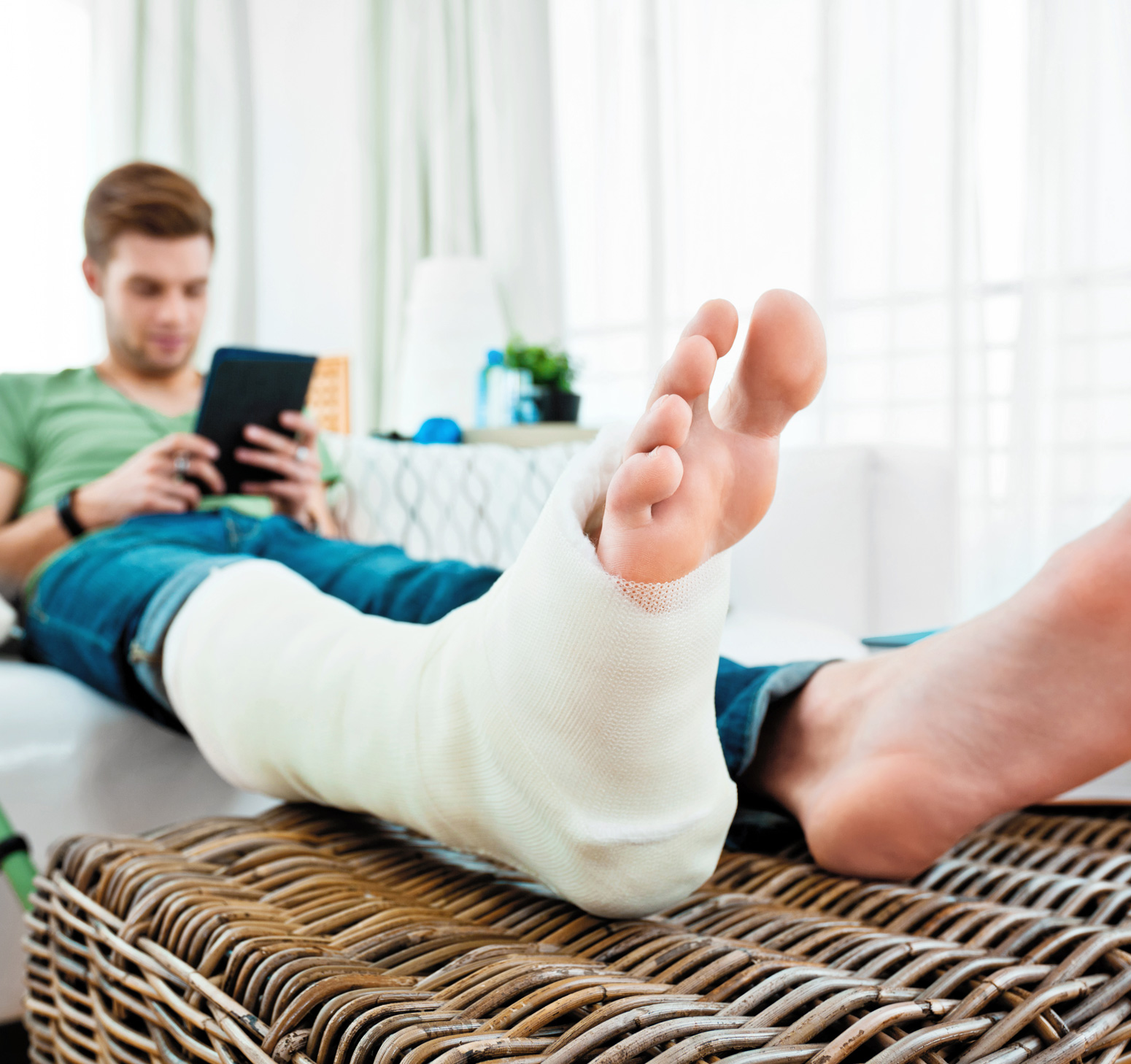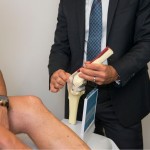Orthopaedic Conditions / Trauma
Fracture Treatment Sydney

Our bones are rigid, but they do “give” to some degree when force is applied. But if the force is too great, the bone will break – and a broken bone is known as a fracture.
A bone may be completely fractured or partially fractured in a different variety of ways.
How severe the fracture is generally dependent on the force that was applied. If the breaking point of the bone has only been slightly exceeded then it may crack rather than break all the way through. If the force is extreme as in the case of a car accident, the bone may shatter.
The more common types of fractures include:
Stable fracture. The broken ends of the bone still line up
Open, compound fracture. The skin may be pierced by the bone or another blow that breaks the skin at the time of the break. The bone may or may not be visible in the wound. If the bone is broken in a way that bone fragments penetrate out through the skin, or the wound penetrates down to the broken bone, when this occurs it is called an “open” fracture. As the skin is broken this increases the risk of infection in the both the wound and the bone and therefore this type of fracture is particularly serious.
Transverse fracture. The bone has a horizontal fracture line.
Oblique fracture. The fractured bone has an angled pattern.
Comminuted fracture. The bone is shattered into 3 or more pieces.
Greenstick fracture is when a bone bends and cracks instead of having a complete break into separate peices. Greenstick fractures are most common in children under 10 as the outer lining of the bone (periosteum) is softer and more flexible. It is so names as the fracture appears similar to what happens when you try to break a small, “green” branch.
Even mild greenstick fractures are usually immobilized in a cast. In addition to holding the cracked pieces of the bone together so they can heal, a cast can help prevent the bone from breaking all the way through if the child falls on it again.


